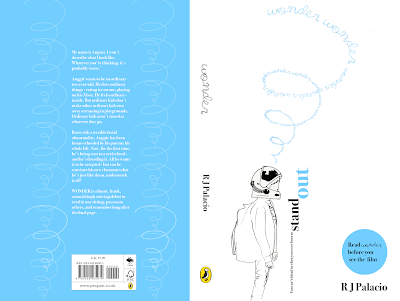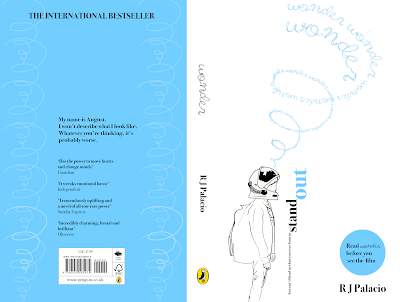Final Development
The design was further developed by altering the shape and by making the shape a type path instead of a line. This created an interesting typographic structure. This structure aimed to visualise the different emotions and feeling of 'wonder'. The structure worked well but due to the scale of the type it was more challenged legibly, to resolve this slight alterations and variations where made to the shape itself initially.
Afterwards, the scale was altered going from large to smaller type aiming to make the title appear more dominantly. This scale from big to small was most legible but the inclusion of the title enlarged further following the same shaped path made the title 'Wonder' dominant and more legible. This offered a solution to both problems with previous designs, surrounding legibility and the scale, was it appropriate to be identified as the title.
The final development design worked well and resolved all the problems encountered throughout the design process.


















































